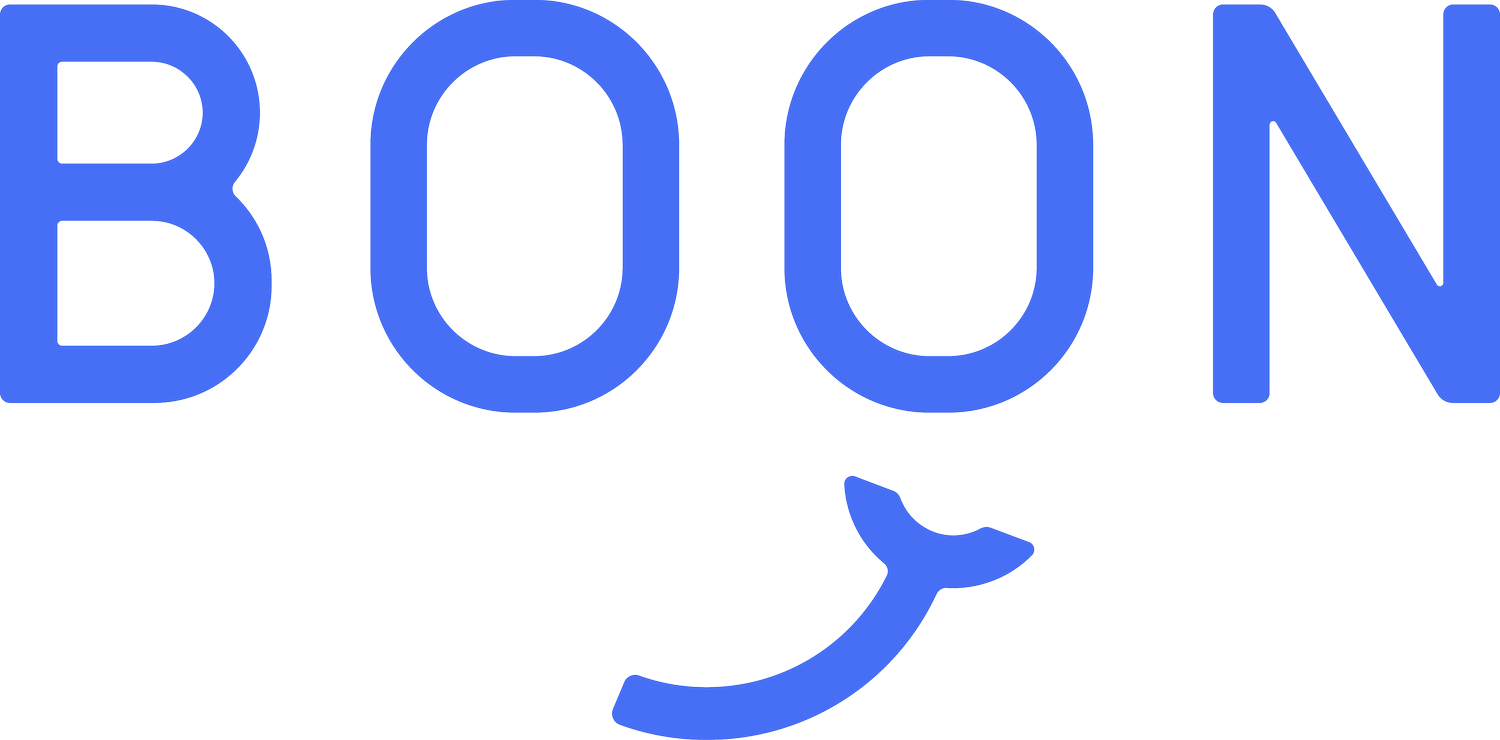Knowing What to Say and How to Say It
Tricia Gehl, Boon Coach
We have so many things we want to say and so many people to whom we’d like to say them; things we want to tell our friends, our partners, our managers, the person who cut us off in traffic. We fantasize about having big, bold conversations, even rehearsing them in our heads (admit it, you know you do it), yet most of us aren’t actually having these open and honest conversations out there in the real world.
We’re missing things in our personal relationships that we sweep under the rug; things that aren’t working for us in our roles or within our companies’ cultures that we ignore. There are a multitude of things we desperately need and want to address in both our personal and professional lives, yet we remain quiet. If these conversations are important enough for us to invest precious mental and emotional energy internally processing them, then why aren’t we bringing them out into the open? For a lot of us, it stems from not actually knowing what we want to say and how to say it.
What Do We Actually Want to Say?
Determining your key points
Figuring out what you want to say to get the conversation rolling starts with thinking about what you want the other person to hear. Using clear and direct language as your starting point will help set the tone for the conversation, and help messaging land effectively. Here’s what that may sound like:
● “Managing my client accounts is becoming increasingly difficult.”
● “My self-care practices have decreased significantly since I’ve been functioning as the primary
caregiver for my ailing parent, and I am feeling the strain.”
Kicking off the conversation by focusing on the main point will set the tone for the remainder of the discussion.
Connecting the words to your “why”
Having a crystalized perspective and point of view around why what you’re expressing is so important to you will help you feel more empowered when delivering the words. Some questions to ask yourself prior to the conversation:
● “What about this is so important to me?”
● “What am I looking to gain by expressing this?”
Solidifying your “why” also helps you stay focused on your objective during the discussion.
Practice out loud
Speaking the words aloud is key to getting the message and language just right; it also helps with delivering the message authentically. While practicing, ask yourself:
● “Do the words and sentences flow in a way that feels authentic to me?”
● “Does anything about my cadence or delivery feel uncomfortable or contrived?”
Practicing out loud can also help bring to the surface any strong emotions you may be feeling about the topic itself or expressing it; allowing yourself the out loud practice can help get those up and out prior to actual conversation.
Now How do We Say it?
● Focus on using “I” statements. Nothing puts people on the defensive more quickly than starting a difficult conversation with the word “you.” Using “I” statements also makes it clear to the other person that what you’re sharing is something you feel strongly about.
● But don’t forget about what’s in it for them. We humans are selfish creatures by nature; failing to outline what’s in it for the other person may prevent them from internalizing the message.
● Connect what you’re communicating to the big picture. How does what you’re asking for, or what you’re trying to change, connect to the big picture? What is the greater impact?
● Work with a Life Coach. I spend a lot of time with clients helping them craft and practice important and difficult conversations. A coach can question and gently challenge you to ensure that what you’re looking to communicate is in line with what you really want and feel.
————————————————————————————————————————

